Red Sea in Egypt
The Red Sea coastline has grown into a popular beach destination for tourists passing up the wonders of the Nile Valley ...
At the height of the Ancient Egyptian New Kingdom (1549—1069 BC) its capital, Thebes (Luxor), was a city of over a million people. The pharaohs that ruled over this kingdom were made wealthy by military successes that expanded their influence south into Nubia, west along the Mediterranean, and east into modern-day Syria.
This wealth and the huge workforce at their disposal made it possible for the New Kingdom pharaohs to commission great building projects, attempting to immortalize their influence through the buildings they left behind. Today in Luxor we still admire the efforts of these pharaohs to preserve their legacies in the great temple and funerary complexes that still stand on either side of the Nile at the site of ancient Thebes.
Luxor is often referred to today as the ‘world’s largest open-air museum’. This name comes from the fact that the modern city is located at the same site as ancient Thebes. It has literally been built upon and around the treasures of the Old Kingdom, which are still being unearthed to this day.
Surrounded by modern construction, Luxor Temple and the massive Karnak Temple Complex are two of Egypt’s most impressive sites. Their impact is only enhanced by the contrast of their ancient stone architecture with the modern construction that surrounds them.
Additionally, the area around Luxor and the opposite bank of the river are dotted with a wealth of other temples and tombs. It can take several days to explore all of the significant archeological sites within only an hours drive of Luxor with each one displaying something unique that will add to your understanding of this ancient civilization that flowered here.
Madinet Habu:
While it is not among the well-traveled sites on the West Bank, Medinat Habu is considered by many visitors to be among the most impressive sights they see in Luxor. This temple complex is impressively preserved, especially in comparison to the Ramesseum, on which its plan is based.
While the Ramesseum was built by a more famous pharaoh (Ramesses II), Medinat Habu, commissioned by Ramesses III, is a much more impressive sight with its pylon and many of its walls still intact and much more of the original painting visible on its carved surfaces.
During the reign of Ramesses III, Medinat Habu functioned as a walled city with the temple and an administrative center inside of walls that protected the inhabitants of the area during hard times. Later on, the complex became a walled town for Coptic Christians living in the area.
Luxor Temple:
This temple might be the greatest testament to why Luxor has earned its nickname, “The World’s Largest Outdoor Museum”. Luxor Temple, located in the modern city of Luxor, which is built on the site of the ancient Egyptian capital of Thebes.
The temple is one of the best preserved of all of the ancient monuments with large amounts of the structure, statuary and relief carvings still intact, making it one of the most impressive visits in the Luxor area and all of Egypt. adding significantly to its allure is the juxtaposition that its setting provides. The modern city begins on one side and the Nile drifts by on the other. There are few places in Egypt where one is put so immediately and clearly in touch with extraordinary length of Egypt’s history.
Temple of Hatshepsut:
Hatshepsut was the only female pharaoh in the history of Ancient Egypt. She came to power during the New Kingdom after the death of her father, Tuthmose I, and her half-brother and husband, Tuthmose II, who succeeded her father on the thrown.
She originally served as queen-regent to her husband’s son by another wife, Tuthmose III, but seized the throne from him and managing to hold onto power until her death. However, Hatshepsut’s status as the only female to rule Egypt is not the only reason for her fame.
The temple was in ruins when it was discovered in the mid-19th century, having been heavily vandalized by Tuthmose III after he assumed the throne, presumably because Hatshepsut had kept him from power.
Valley of the Kings:
The Valley of the Kings is where the modern myth of Egypt began with Howard Carter’s discovery of Tutankhamun’s tomb, complete with all of the treasures with which he had been buried, in 1922. The fame of that discover ushered in a new era of Egyptian tourism as the treasures of Tutankhamun toured the world and generated new, widespread interest in the history of Ancient Egypt.
The Valley of the Kings is located on the west bank of the Nile River near Luxor. It is the most famous site for the unique collections of tombs and breathtaking ancient ruins. That location makes it one of the hottest spots for exploring ancient Egyptian history. Archaeologists have been sweeping the area of the Valley of the Kings for centuries, and till now it continues to surprise them.
Colossi of Memnon:
These two gigantic, 59-foot tall statues are the first sight that greets visitors who take the ferry across from the East Bank. They were made famous in antiquity by a mysterious sound emitted from one of them each sunrise. Scientists now think that this sound was caused by air passing through pores in the stone as it was warmed in the sunlight, but there is no way to confirm this since the sound stopped centuries ago.
Regardless of its cause, the sound was the source of the statues’ name as it caused the Greeks to believe that the statues were of the immortal Memnon.
Karnak Temple:
When visiting Karnak, you are paying a visit to the heart of Egypt during the New Kingdom. This huge temple complex was the center of the ancient faith while power was concentrated at Thebes (modern day Luxor) and its significance is reflected in its enormous size. In addition to its religious significance, it also served as a treasury, administrative center, and palace for the New Kingdom pharaohs, largest temple complex ever constructed anywhere in the world.
It developed over a period of 1500 years, added to by generation after generation of pharaohs and resulting in a collection of temples, sanctuaries, pylons, and other decorations that is unparalleled throughout Egypt.
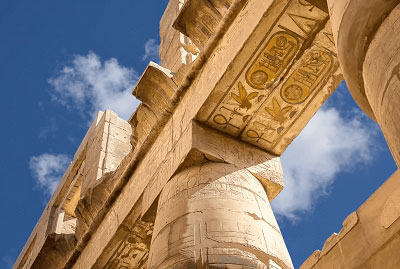
Safaga Shore Excursions Tours: One day tour Safaga to Luxor Visiting the Highlights of luxor West and East Bank that includes a visit to Valley of the Kings, Hatshepsute Te...
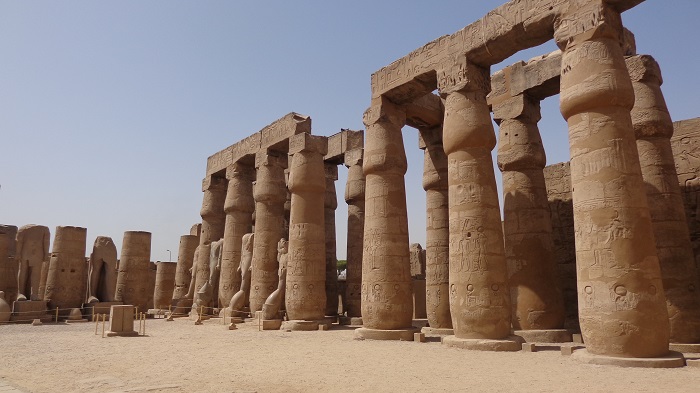
Safaga Shore Excursions: Overnight trip to Luxor from Safaga port visiting Luxor Temple, Karnak temples and Valley of the Kings and more. You are going to have a private to...
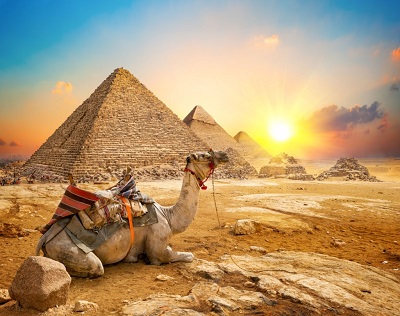
Safaga Shore Excursions: Private tours from Safaga Port Visiting Cairo and luxor for 2 Days 1 night visiting Giza Pyramids in cairo ,Luxor Temple,Valley of Kings and Coloss...
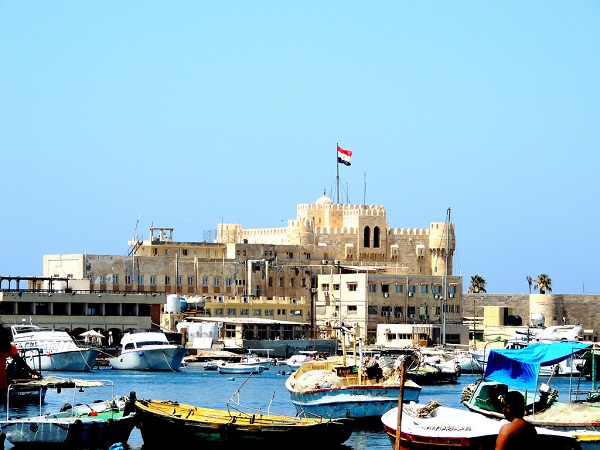
Enjoy Cairo To Alexandria Day Trip, Visiting rock-cut Roman catacombs, the ruins of a Roman temple complex, and Qaitbey Citadel. Visit the old Bibleotheca Alexandrina and e...
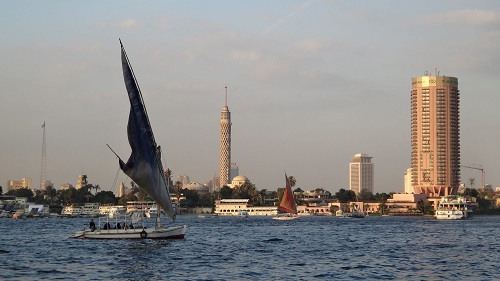
Waft along the fabled River Nile in time-honored Egyptian style on a private 60-minute 'felucca' boat ride in Cairo. Settle aboard a comfortable, white-sailed '...
Your entire vacation is designed around your requirements with expert guidance every step of the way.
Speak with our Egypt specialists for your perfect luxury journey.